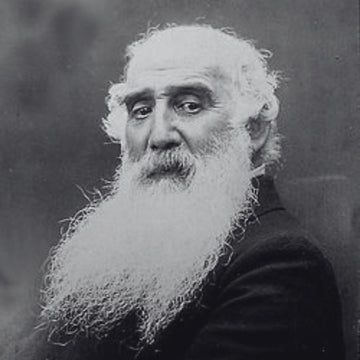Camille Pissarro

Camille Pissarro, born in 1830 in Saint Thomas (then part of the Danish West Indies), was a Danish-French painter and printmaker who played a vital role in the development of Impressionism. Known for his compassionate depictions of peasants, landscapes, and urban scenes, he was the only artist to exhibit in all eight Impressionist exhibitions between 1874 and 1886. Pissarro served as a mentor to Paul Cézanne, Paul Gauguin, and other prominent artists, profoundly shaping the course of modern art. In his later years, he embraced Neo-Impressionism, experimenting with pointillism under the influence of Georges Seurat and Paul Signac. His body of work remains celebrated for its harmonious use of light, color, and social themes, capturing the quiet dignity of everyday life. Today, his paintings are housed in major museums worldwide, cementing his legacy as one of the great masters of 19th-century art.


